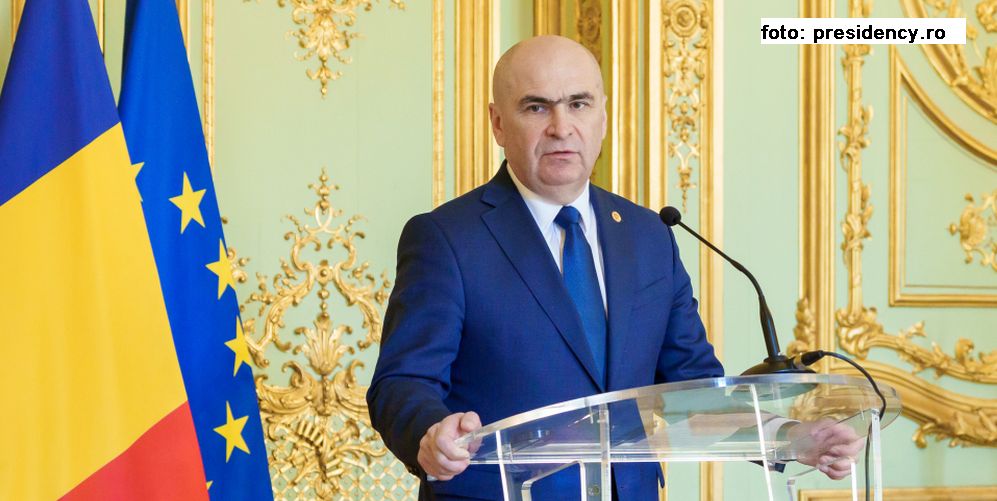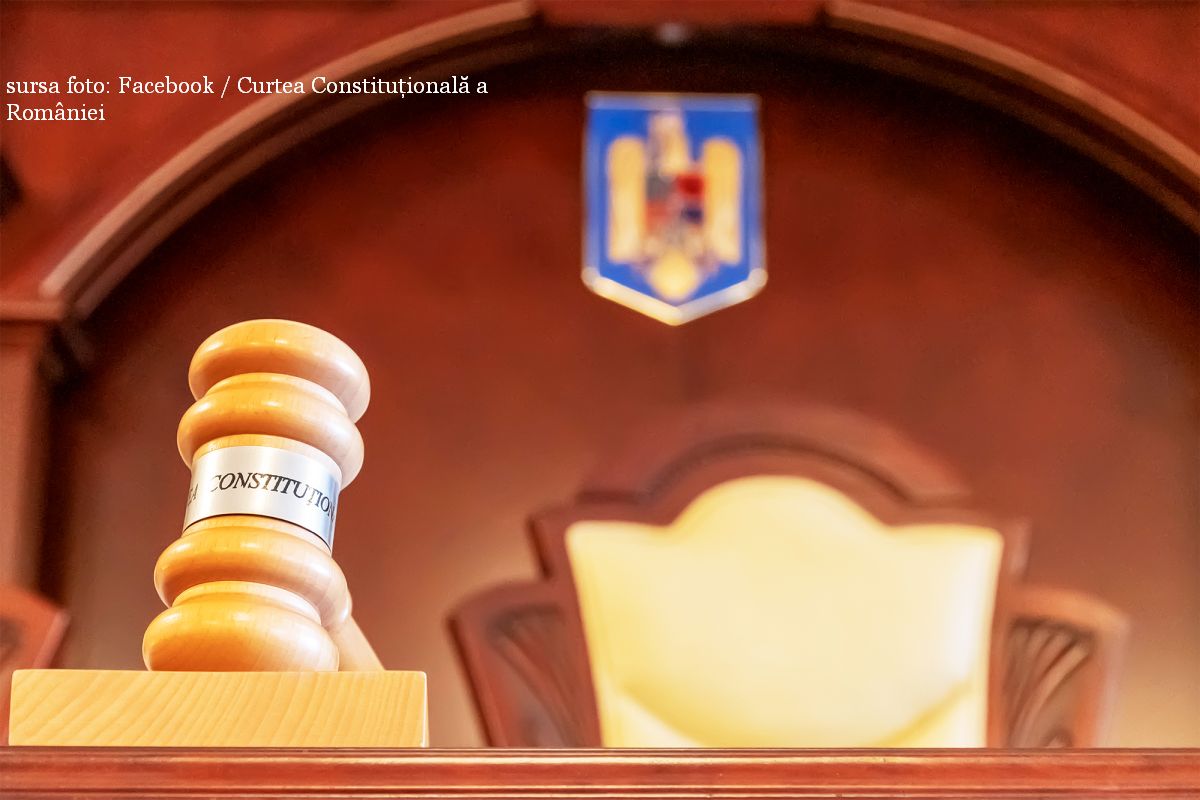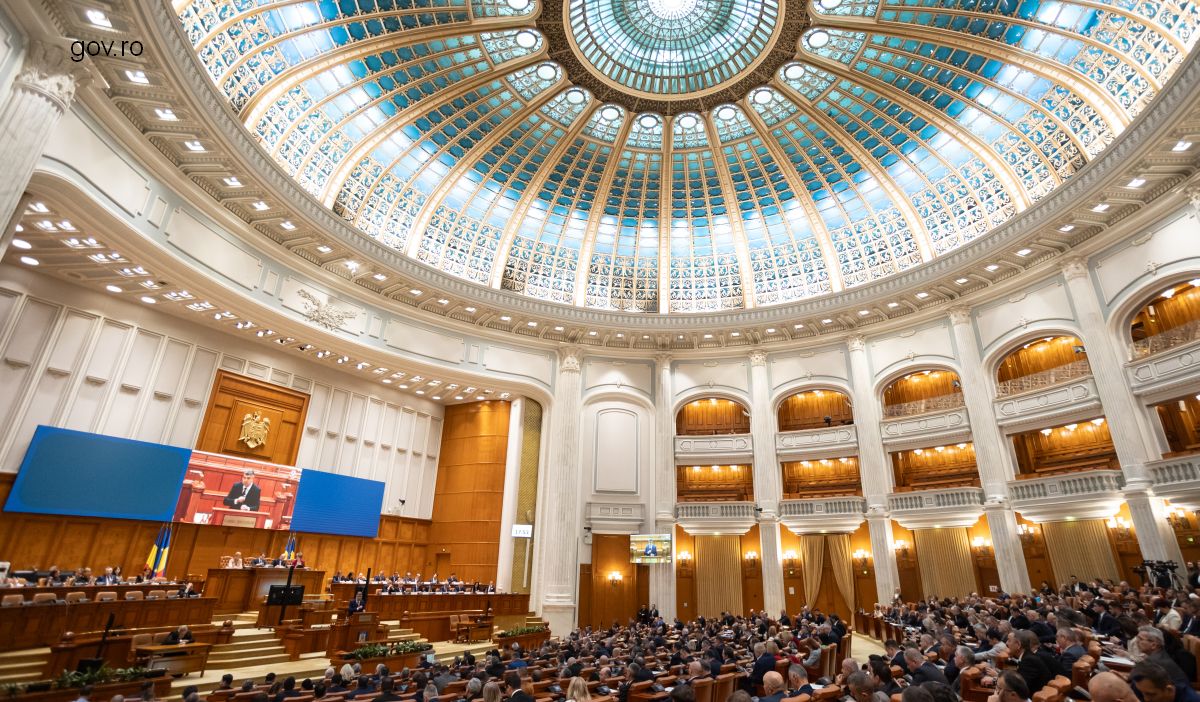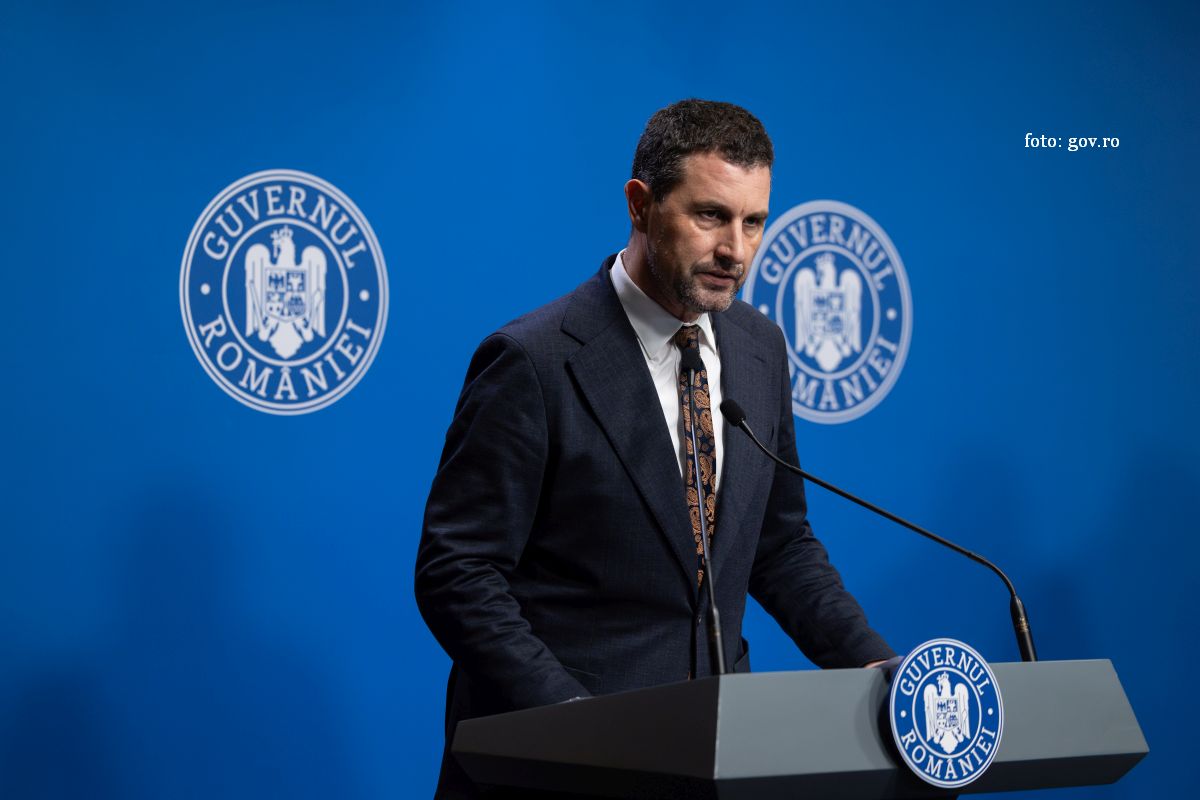King Mihai I of Romania Centennial
On October 25 the last King of Romania, Mihai I, would have turned 100 years old. 25 October also marks the Day of the Romanian Army.
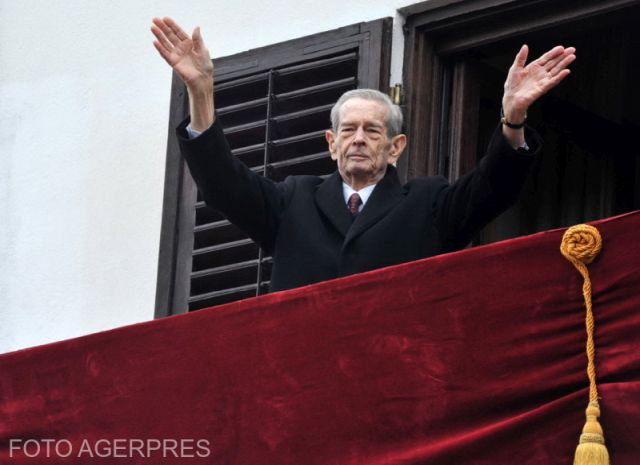
Mihai Pelin, 26.10.2021, 13:50
‘I am Romanian, and I am feeling that very much. And wherever I go, I do everything possible for Romania’. This was the creed of King Mihai (1921-2017), the last sovereign of Romania, who, on October 25, would have turned 100 years old. As a sign of appreciation, the National Art Museum of Romania, on Monday opened for visitors the historical spaces of the Royal Palace: the Royal Dining Room, the Voivodes Stairway and the Throne Room, as well as the exhibition Fragments of memory – royal portraits featuring works of art representing King Mihai I in various stages of life. He was the first prince born after the unification of Romania in 1918. He was the son of Prince Carol II and Princess Elena, the grandson of King Ferdinand I and queen Marie of Romania and of King Constantine I of Greece. Mihai I was King of Romania in two different periods. His first reign, from July 20, 1927 to June 8, 1930, a period of Regency, as he was a minor, was under the sign of uncertainty, given that his father, Prince Carol, who was abroad, was preparing to return to the country, and in the country, the Carlist movement intensified to ensure Carol’s return to the throne of Romania.
King Mihai’s second reign started on September 6, 1940 in dramatic conditions, when Romania’s territory was torn apart and Europe was at war. The events of the summer of that dramatic year – in June the USSR occupied Bessarabia, Northern Bukovina and the Land of Herţa, with 3.7 million inhabitants and, in August, Horthy’s Hungary occupied northeastern Transylvania with 2.6 million inhabitants – the hostile attitude of the Romanian political leaders and of the army forced Carol II to relinquish his royal prerogatives on September 6, 1940. However, he invested General Ion Antonescu with “full powers to lead the Romanian state.” Ion Antonescu instated an authoritarian regime between 1940 and 1944, and assigned King Mihai only formal responsibilities. In June 1941, Romania entered the war against the USSR alongside Germany. In 1943-1944, King Mihai and his main collaborators gradually took a distance from Ion Antonescu, and together with the leaders of the main democratic political parties and some military circles, they took the necessary steps to get Romania out of the alliance with the Axis and to make it join the United Nations.
On August 23, 1944, Ion Antonescu was removed from power and the Romanian Army joined the anti-fascist war. Left without the support of the United States and Great Britain, on December 30, 1947, Mihai I was forced by the Communists to abdicate. It was only in 1992, that the post-communist authorities allowed him to return to Romania, when he was welcomed by over 1 million people. The former sovereign regained his Romanian citizenship in 1997. He passed away on December 5, 2017.
October 25 also marks the Day of the Romanian Army, which is celebrated throughout the country, through a series of events. The army remains a solid landmark of the country and enjoys people’s confidence, contributing to maintaining the stability necessary for the development of the Romanian society, said President Klaus Iohannis on this occasion. He underlined that the professionalism and dedication shown by the military in the theaters of operations around the world have contributed to Romanias Euro-Atlantic and European course, as well as to strengthening the solid Strategic Partnership with the United States. (LS)

